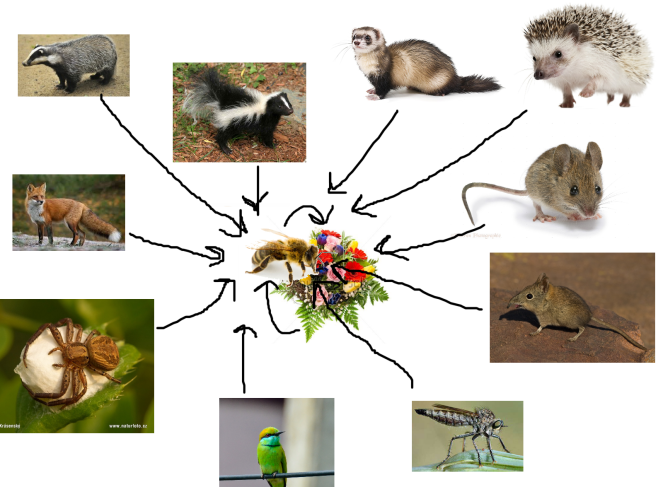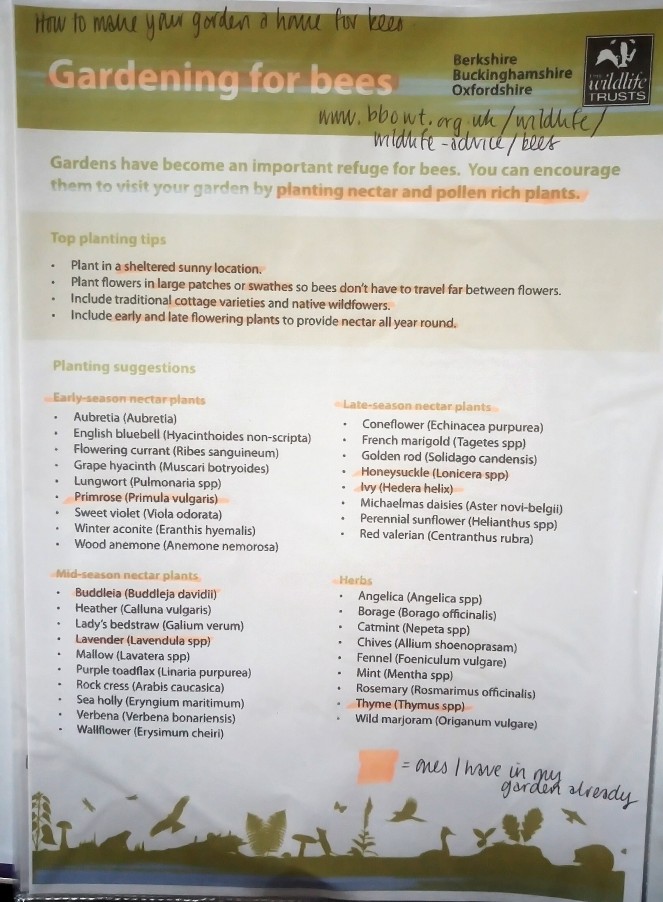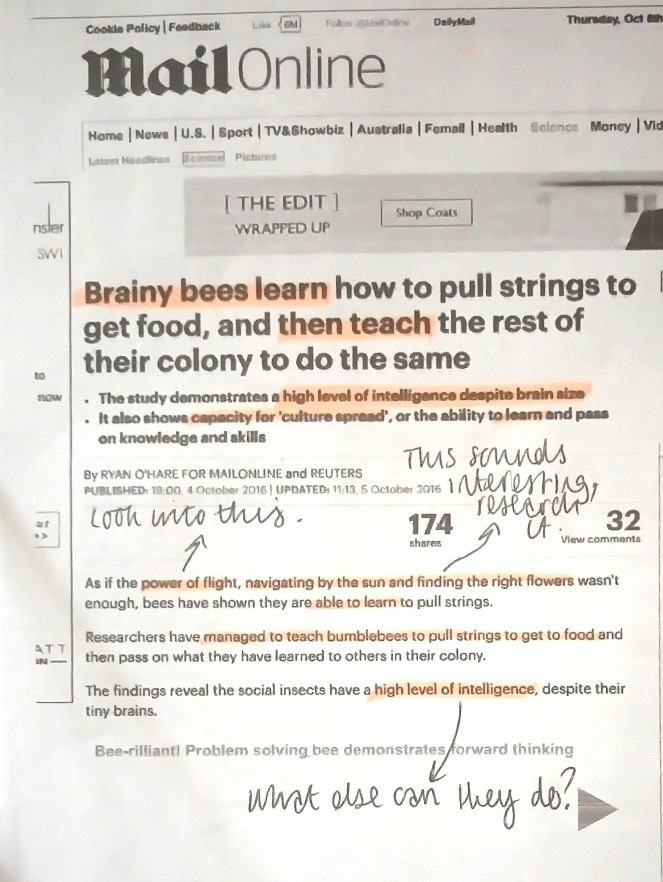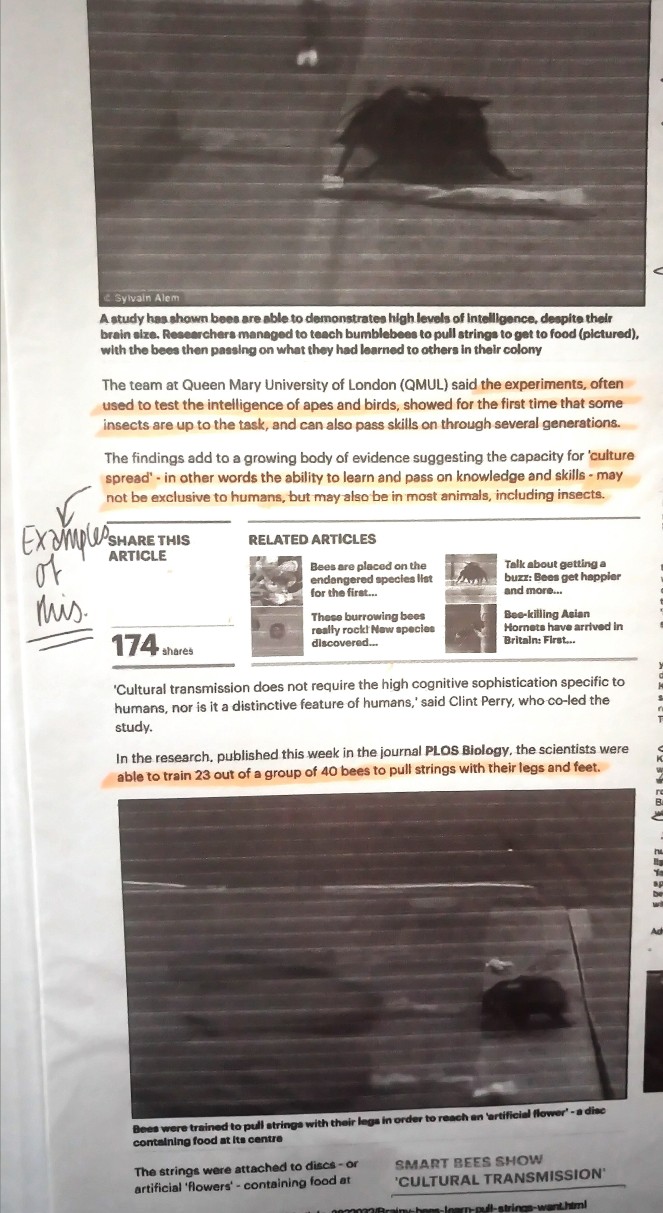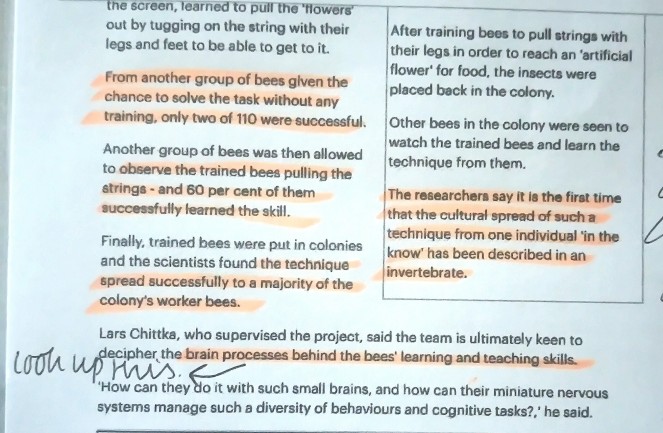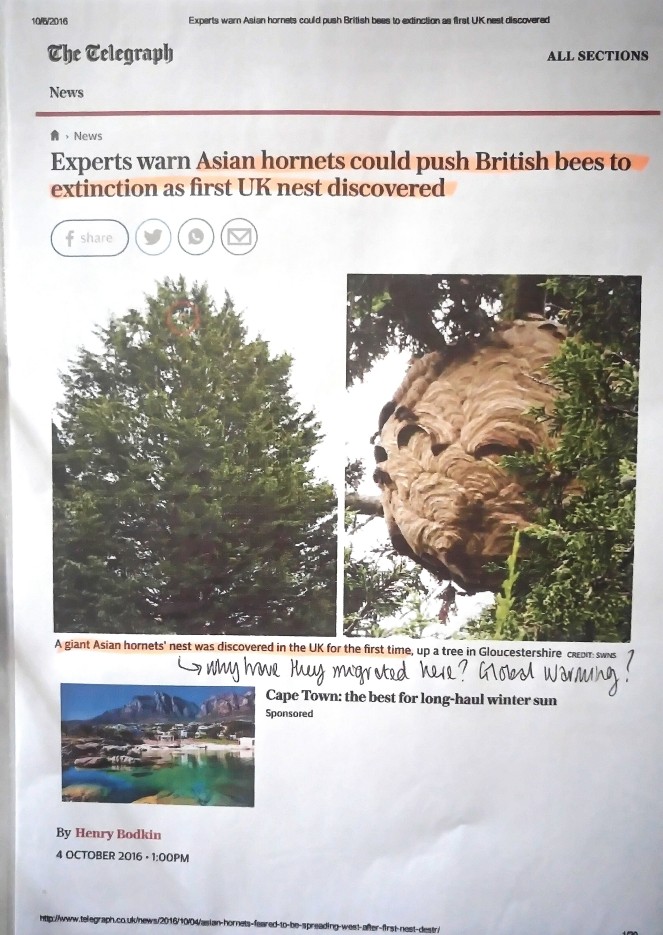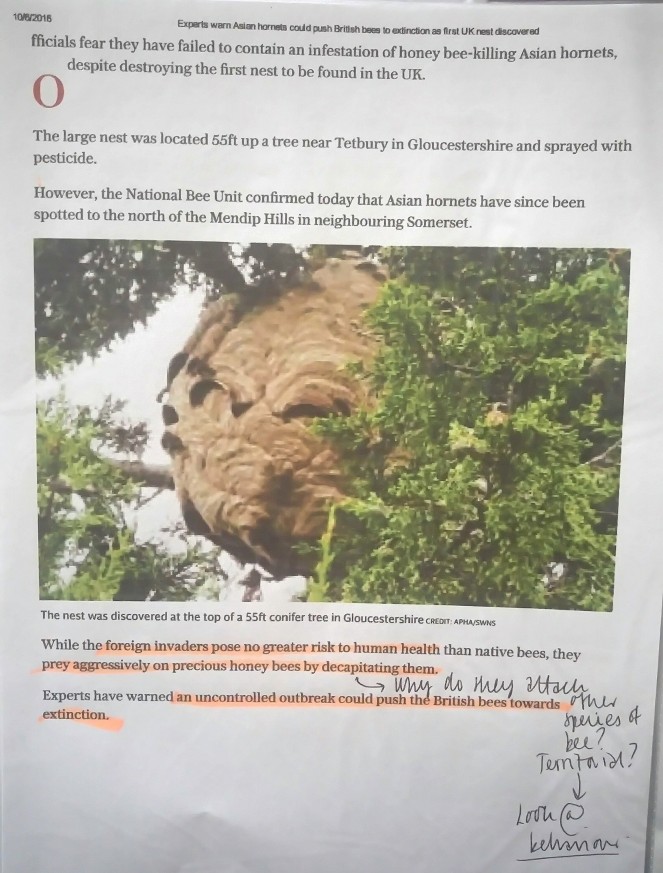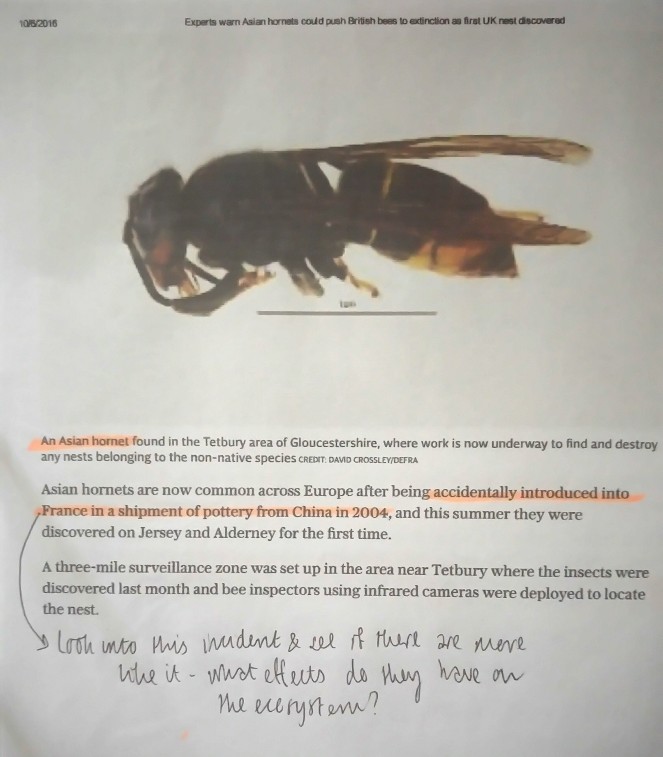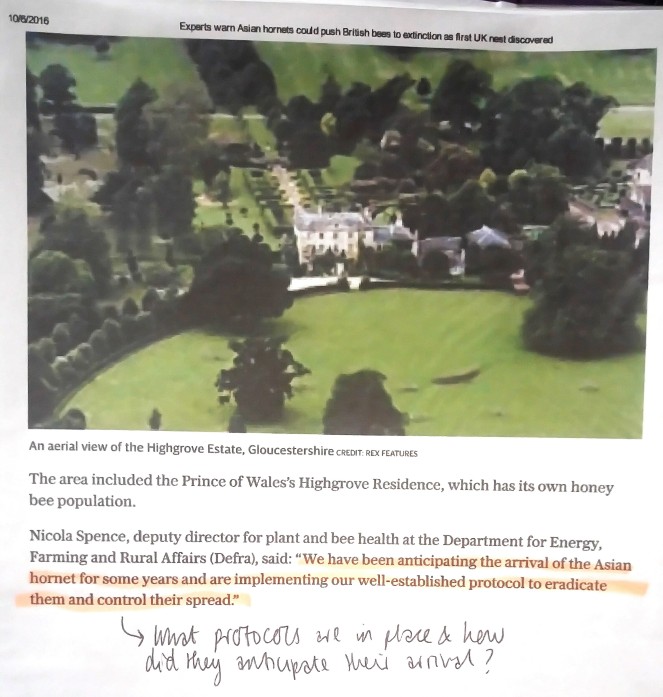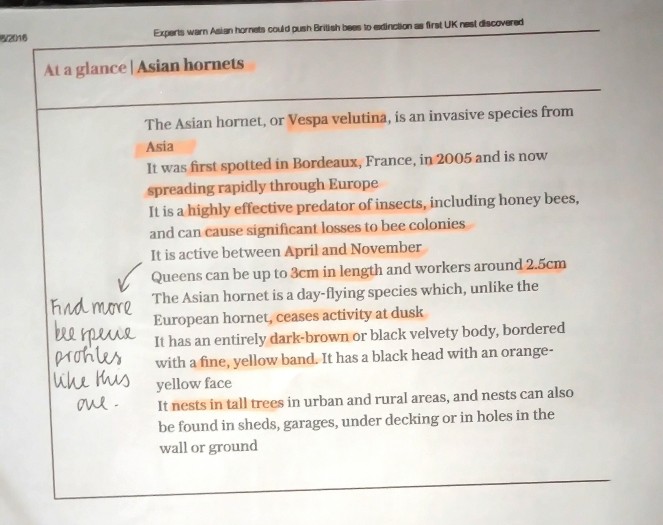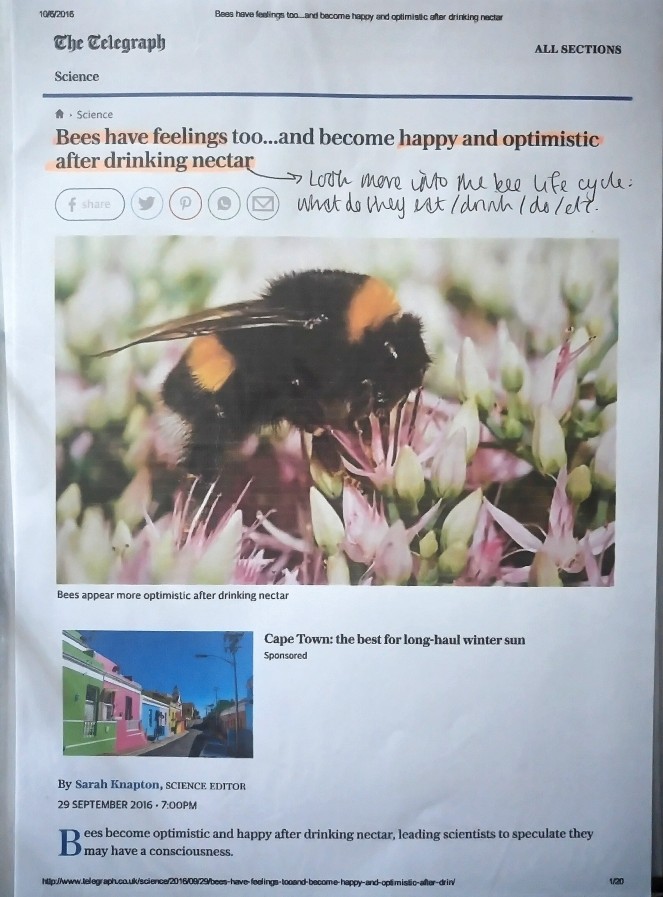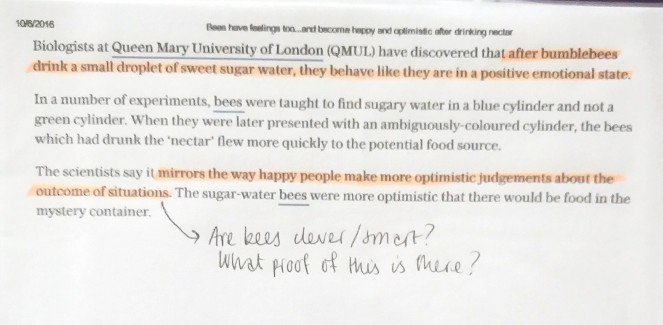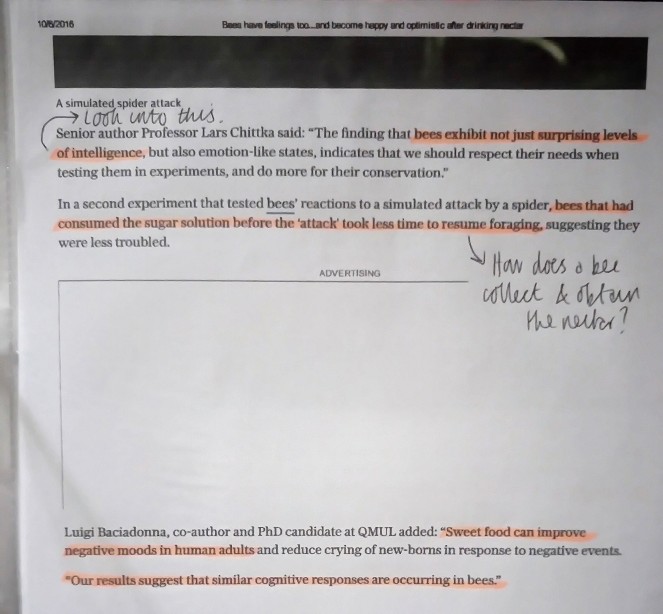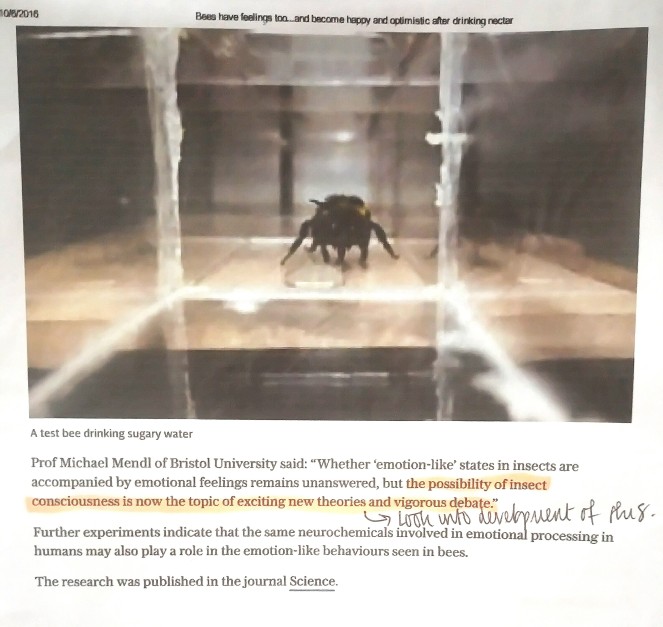“The London Pollinator Project”
Happened to be flicking through a magazine (Gardener’s World) in a waiting room when I came across this website: http://www.savelondonbees.co.uk. It is packed full of useful info so I thought I’d go through it.
Help pollinators in your green space:
- Use Native Plants
- Build a Bee Condo
- Mow your grass less often
- Don’t use pesticides
- Plant flowers in clumps
- Make a mini wildflower meadow
- Make a pond or a watering hole
- Create a deadwood pile
Plant bee-friendly flowers:
- Plant a variety throughout the year
- Plant singular flowers; most hybrid and double flowers are little use to bees
- Plant more purple flowers; bees have a natural preference to this colour
- Plant tubular shaped flowers (foxgloves, honeysuckle, penstemons, snapdragons). Easy acesss for bees
- Spring Examples: Bluebells, Bugles, Crab apple, daffodil, flowering cherry, forget-me-nots, hawthorn, rhododendrons, rosemary, viburnum
- Summer Examples: Aquilegia, Astible, Campanula, Comfrey, Delphinium, Sweet Pea, Fennel, Foxgloves, Geraniums, Snapdragons, Thyme
- Autumn Examples: Angelica, Asters, Buddleia, Cardoon, Cornflowers, Dahlias, Fuchsia, Globe Thistle, Heather, Lavender, Penstemon, Verbena.
Bee-friendly flower resources:
- http://www.rosybee.com
- http://www.beehappyplants.co.uk
- beekind.bumblebeeconservation.org
- http://www.lbka.org
- http://www.plantlife.org
- buzzaboutbees.net
- urbanbees.co.uk
- bbka.org.uk
- buglife.org.uk
- bumblebeeconservation.org
These simple practices will help pollinators dramatically:
- Let it grow: cut back less often and allow plants to flower. Let a section of your garden grow wild and do what it wants
- Do not disturb; Leave hibernating insects and nests alone and give them places to do so.
- Do not use, or try to use very little, pesticides: only use if absolutely necessary as they kill off bees
Why Bees matter:
- These pollinators are responsible for most of our food resources.
- It is estimated they contribute to over £400million per year to the UK economy and £14.2billion per year to the EU economy alone.
- Without them, hand pollination would be required, significantly increasing the costs of fruit and vegetables.
- There would also be a significant decrease in wild flowers and plants.
Why are bees in decline:
- Change in countryside; gone from colourful wildflowers to crops and livestock.
- The past abundance of wildflowers supported a greater diversity of wildlife
- Huge increases in human populations demand a huge increase in food productions, resulting in a huge loss in wild flowers. It is estimated that 97% of our flower rich grassland has been lost since the 1930s.
- Decline in flowers means dramatic decline in bees; 2 species of bumblebee in the UK have already become extinct and 2 others are endangered. The same goes for outside the UK.
- Further info on sos-bees.org, http://www.rhs.org.uk and TEDtalks on Bee Decline
This is all useful information that shows me what is already in place to help bees in London; I need to look around more websites to see what is being done elsewhere. I could also network with these charities and projects to see if a potential collaboration or something could happen. As mentioned before, I’d love to produce these books on behalf of someone.
SOURCES:
savelondonbees.co.uk
